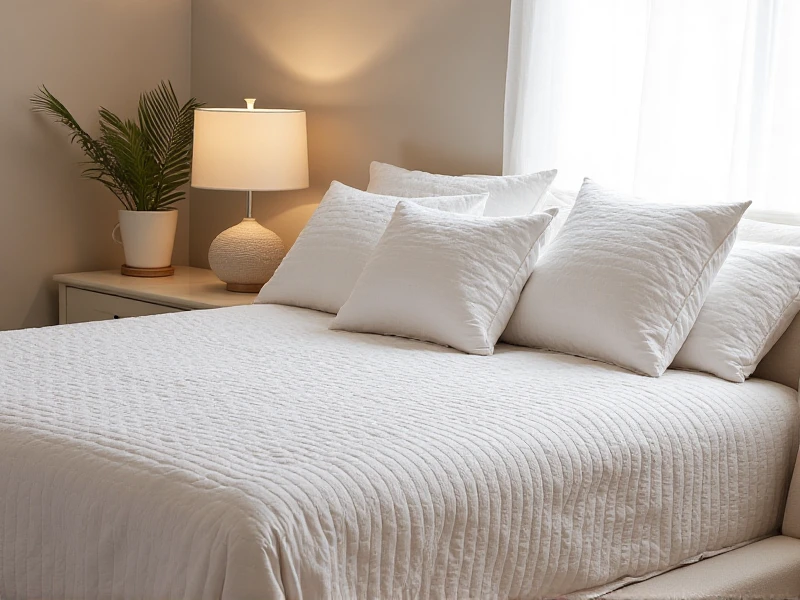Innovative Trends in the Textile Industry: Sustainability and Beyond
2025-06-09

The world of textiles is far more intricate than many people realize. From the clothes we wear daily to the upholstery in our homes, textiles touch every aspect of modern life. As an evolving industry, textile innovation drives not only fashion and design but also addresses global challenges like environmental sustainability. This article explores the key trends shaping textiles today and how they contribute to a smarter, greener future.
To begin, textiles encompass a broad category of materials woven or knitted from fibers such as cotton, wool, silk, and synthetics. Historically, textile production dates back thousands of years, with ancient civilizations using fabrics for clothing, trade, and cultural expression. Fast forward to today, the textile industry is undergoing a remarkable transformation. One of the most significant shifts is the emphasis on sustainability. Consumers and brands are increasingly demanding eco-friendly options, leading to a surge in organic cotton, recycled polyester, and plant-based fibers like bamboo or hemp. These sustainable textiles not only reduce waste and water usage but also minimize chemical pollutants, aligning with global efforts to combat climate change. For instance, many companies now offer textiles certified by organizations like GOTS (Global Organic Textile Standard), ensuring ethical practices from farm to finished product. This move towards green textiles isn't just a trend—it's becoming a cornerstone of modern business strategies.
Beyond environmental concerns, technological advancements are revolutionizing textile applications. Smart textiles, embedded with sensors or conductive threads, are enhancing fields like healthcare and fitness. Imagine garments that monitor vital signs in real-time or fabrics that regulate temperature based on weather conditions. This innovation in high-performance textiles extends to industrial uses too, such as fire-resistant materials for safety gear and durable textiles for automotive interiors. The rise of digital printing and 3D knitting also allows for customizable designs and reduced production times, making textiles more accessible and adaptable. As we integrate these technologies, textiles become smarter, with potential to improve efficiency in sectors ranging from aerospace to everyday consumer goods. Brands that adopt these cutting-edge textiles can boost their appeal, offering solutions that blend style with functionality.
Economically, the textile sector remains a powerhouse, generating billions of dollars globally and providing jobs in manufacturing, design, and retail. However, it faces challenges, including supply chain disruptions and shifting consumer preferences. That's why education and adaptability are crucial. As part of this evolution, we encourage readers to explore trusted sources for quality textiles, whether for personal use or business ventures. By supporting sustainable and innovative practices, we can all contribute to a resilient industry. In summary, the future of textiles is bright, driven by sustainability and technology that make fabrics more responsible and revolutionary. Stay informed—these trends aren't just changing what we wear; they're weaving a better world.
( 598)
Category: